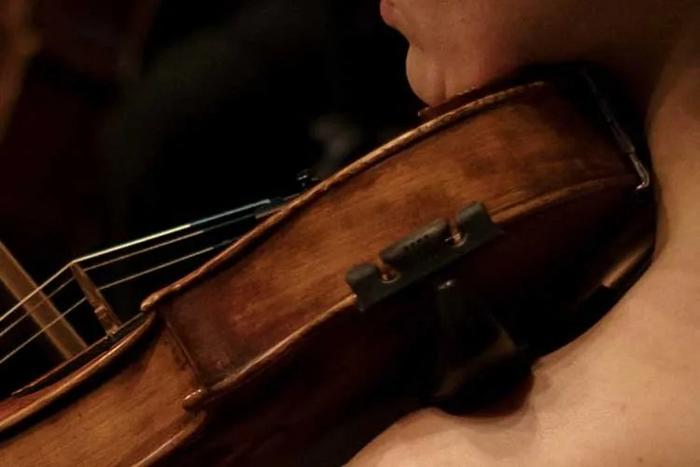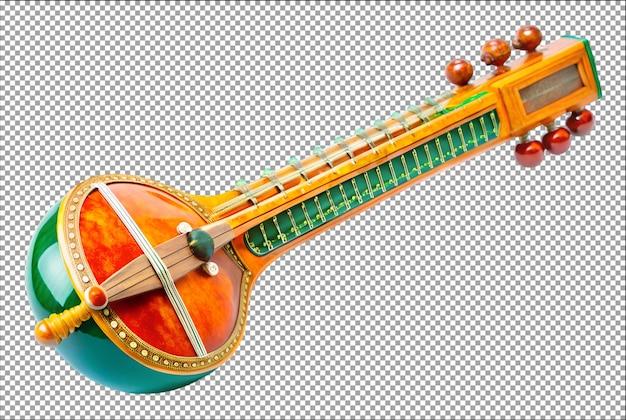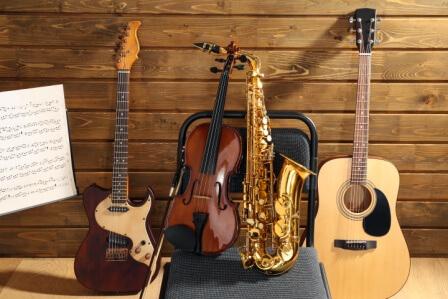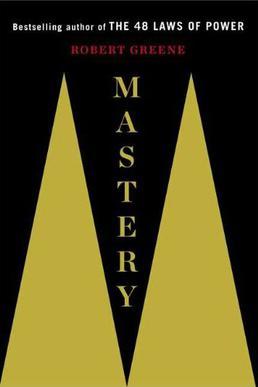Growing up, I thought mastering the guitar was tough—each chord demanding hours of practice until I could strum without hesitation. But imagine encountering an instrument so intricate that the phrase “hardest musical instruments” doesn’t even begin to capture its challenges?
I stumbled on startling research suggesting that despite the guitar’s complexity, it might not even make the top five most difficult instruments to conquer.
This revelation left me questioning everything I knew about musical mastery. What is it about certain instruments that makes them so daunting? And why do musicians still gravitate towards these challenging beasts?
Join me in this exploration as I dive into the intricacies that define the realm of difficult instruments. Discover the unique challenges each one presents and why, despite the difficulties, mastering them is a pursuit worthy of any passionate musician. Welcome to the world where musical mastery faces its ultimate test.
What Makes Certain Instruments Difficult?

Did you know that the physical structure of an instrument can significantly impact its learning curve? It’s a fascinating truth I’ve encountered time and again in my explorations of musical theory and practice. As someone who has dedicated years to understanding the intricacies of various instruments, I can tell you that their unique demands make some far more challenging to master than others.
Many might assume that the difficulty of an instrument lies primarily in its technical complexity, but that’s only part of the story. For instance, the violin demands not just the precise placement of fingers but also a keen ear for pitch, requiring intense mental discipline. However, it’s physically demanding, too—contorting one’s body to maneuver the bow and fingerboard with finesse.
Then there are instruments like the French horn, where the embouchure must be so precisely controlled that hours of practice are required just to produce a clean tone. The coordination between breath support and finger positioning can be daunting, demanding a level of persistence that tests even the most dedicated musicians.
As I reflect on my journey, I recognize how these challenges become part of the allure. Each instrument offers a unique tapestry of constraints and possibilities, turning the struggle into a captivating dance of technical skill, physical demand, and mental fortitude. This intricate balancing act is what truly defines the difficulty—and ultimately, the beauty—of mastering these complex instruments.
Who Plays These Instruments?

As I journey through understanding the enigmatic allure of the most challenging instruments, I’ve had the privilege of delving into the lives of the virtuosos who bring these intricate tools to life. What do world-renowned musicians have in common when it comes to mastering their instruments? Their paths are intertwined by an unwavering dedication and an insatiable curiosity, transcending mere technical prowess.
In interviews with distinguished musicians, a recurring theme emerges: the harmonious blend of passion and perseverance that defines their journey. Mastery is neither instantaneous nor bound by standard convention. Instead, it’s nurtured through countless hours of practice and a willingness to embrace the idiosyncrasies of their chosen instrument.
I’ve witnessed how violinists like Itzhak Perlman view their instrument as an extension of their soul, while pianists such as Lang Lang describe a deep, evolving relationship with the keys that beckons daily discovery. Moreover, bassoonists and oboists speak of cultivating patience with reed instruments, which demand not only deft skill but also creative ingenuity in crafting the reeds themselves.
From seasoned cellists refining their bows to the precise touch of a harpist’s strings, the common denominator across these disciplines is an unyielding love for the art form. It’s this relationship that shapes them into the enigmatic and deeply respected figures they are today, offering insights into the spirit of musical mastery.
When Should You Start Learning These Instruments?

When it comes to learning instruments as intricate as the violin or French horn, timing can significantly influence your journey. Is there a ‘perfect’ age to begin tackling intricate instruments like the violin or French horn? Based on my years of experience working with students of all ages, I’ve seen that young children often have the advantage of flexible minds and fingers, adapting quickly to the demands of these challenging instruments.
For the very young, starting lessons around ages 5 to 7 can be ideal. At this age, children are generally eager to learn and can pick up new skills with relative ease. However, don’t be discouraged if you’re older. I have witnessed countless adults and teenagers achieve remarkable proficiency when they combine dedication with a structured, supportive learning environment. Remember, it’s not just about the age but rather embracing a disciplined practice routine and maintaining a profound passion for the music these instruments can create.
Where Can You Find Resources to Learn?

What if you could access an entire library of resources designed to help you master difficult instruments? As someone who has spent years advocating for accessible music education, I understand both the thrill and the challenge of embarking on this journey. The tools for those eager to learn are more abundant and diverse than ever before, bridging the gap between aspiration and mastery with ease.
Traditional methods like music books and private lessons still hold immense value, providing structured guidance and personalized feedback. However, the digital age has unfolded a treasure trove of possibilities. Online platforms such as YouTube and specialized websites offer a rich tapestry of tutorials and masterclasses, often curated by seasoned musicians who generously share their expertise. These resources are not merely supplements; they can be the cornerstone of your learning experience.
My personal exploration of these resources has revealed an encouraging landscape where innovation meets tradition. From interactive apps that make practice engaging to virtual communities that foster collaboration and support, the options are virtually limitless. Embrace these tools with an open mind, and you may find that mastering even the most challenging of instruments becomes a realistic and rewarding pursuit.
Why Are These Instruments Considered the Hardest to Master?

What if the hardest musical instruments weren’t as unattainable as they seem? As someone who has spent a lifetime immersed in music, I can personally attest to the stereotype surrounding certain instruments—deeming them insurmountable. Yet, through my journey, a profound understanding emerged: mastery hinges not on inherent difficulty but on dedication and direction.
From the soaring strains of the violin to the intricate coordination required for percussion, these instruments challenge us because they demand both mental acuity and physical dexterity. Their complexity lies in the nuance of sound production, requiring continuous refinement of technique and ear. However, it’s crucial to acknowledge that while these instruments are intricate, they are not insurmountable.
My experiences have taught me that the perceived difficulty of an instrument often stems from the way it’s approached. With proper guidance and a disciplined practice regime, the daunting gradually becomes doable. The key is understanding the unique demands each instrument imposes, and strategically tackling them with resilience and passion.
By demystifying these challenges, we open doors to possibilities. In this journey, it’s not about the ‘hardest’ instrument, but about the player who chooses to embrace the challenge. Let us delve deeper into what makes these instruments demanding yet rewarding, and why they inspire musicians worldwide to rise to the occasion.
Conclusion
Reflecting on my musical journey, I ponder: Can anyone truly master a difficult instrument with enough passion and perseverance? The journey to instrument mastery revealed itself as a path laden with challenges and triumphs. Throughout this guide, we’ve explored the intricacies of the world’s most difficult instruments—revealing why they demand such profound dedication from their players. Whether it’s the intricate fingerings of the violin or the breath control required for the French horn, each challenges us to push beyond our limits.
From personal experience, I can attest that while the road is long, the rewards are boundless. The key takeaway is that regardless of where we start or when we choose to embark on this journey, the availability of resources and the experiences of other musicians serve as invaluable guidance. The essence of mastery lies not just in skill, but in the passion we bring to every note played. I hope this guide inspires your own determination to embrace the challenges of your instrument of choice, and in doing so, find joy in the music you create.
FAQs

